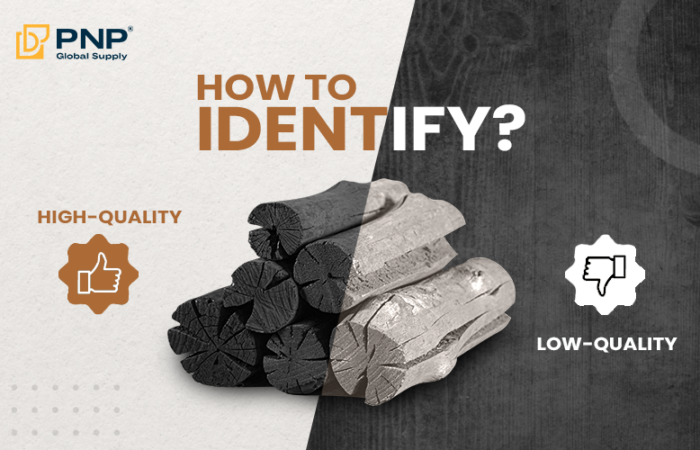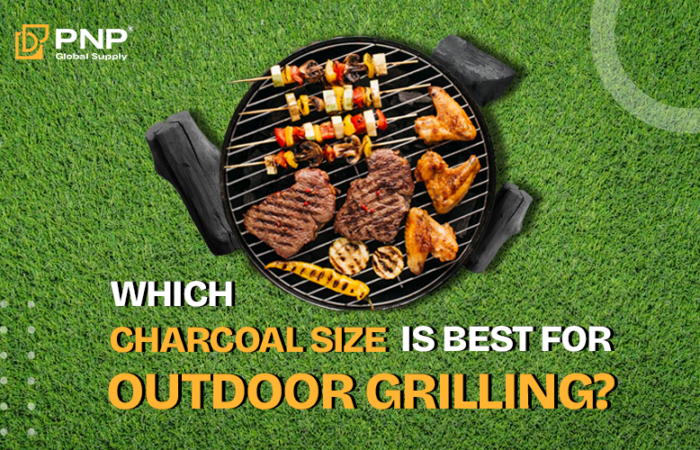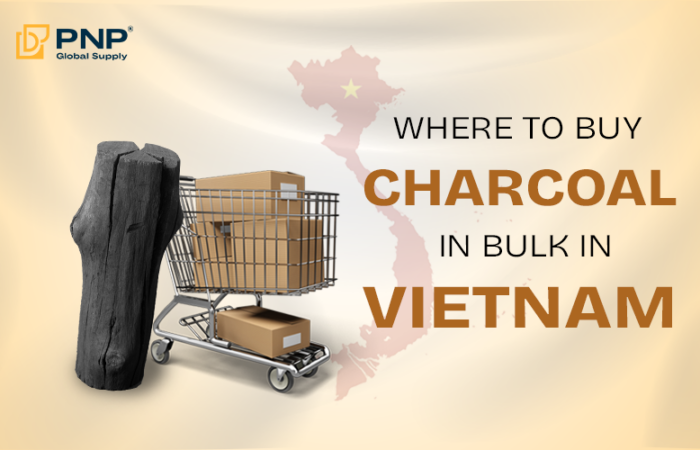Charcoal import procedures from Vietnam have become increasingly appealing as the demand for high-quality charcoal steadily grows in international markets. Vietnam’s diverse types of charcoal, such as mangrove charcoal, coconut shell charcoal, and coffee charcoal, are widely sought after due to their eco-friendliness, efficiency, and sustainability. However, while the market for Vietnamese charcoal continues to expand, the charcoal import process can be daunting for businesses unfamiliar with the necessary procedures. This article aims to provide a step-by-step guide to simplify the import procedures, ensuring a smooth and successful importation process.

Legal and Regulatory Requirements for Importing Charcoal
Legal Requirements in Vietnam
Before importing charcoal from Vietnam, it is crucial to understand the legal requirements governing its export. Vietnamese law mandates certain documents to accompany charcoal shipments, including an export license and quality certificates. The export license authorizes the shipment of goods abroad, while the quality certificate ensures that the charcoal meets specific international standards.
Vietnam also has strict environmental regulations. Exporters must comply with guidelines regarding the sustainability of charcoal production and environmental protection. Quarantine regulations may also apply to ensure that the charcoal is free from pests or cont.aminants www.iisd.org/system/files/publications/viet_eng.pdf

Import Requirements in the Destination Country
Each importing country has its own set of regulations for charcoal import. It is vital to research these requirements before initiating the import process. Many countries demand a certificate of origin to verify the charcoal’s source. Additionally, a quality certificate may be required to ensure the product meets the importing country’s safety and quality standards.
Countries may also impose import duties and taxes. Therefore, understanding the customs procedures in the destination country, including product inspections and certifications, will help avoid delays. Be sure to check if your product will be subject to additional checks upon arrival.

Documentation Required for Charcoal Import
The documentation needed for import procedures is critical in ensuring the smooth passage of goods through customs. Both the exporter and importer must prepare various documents.
Documents from the Exporter (Vietnam)
- Commercial Invoice: This document details the price, quantity, and description of the charcoal being exported.
- Packing List: This provides information on the shipment’s size, weight, and packaging details.
- Certificate of Origin: This proves that the charcoal is sourced from Vietnam, which is often necessary for tariff purposes.
- Quality Certificate: Verifies that the charcoal meets international quality standards.
Documents from the Importer
- Customs Declaration: The importer must submit an accurate declaration to customs, detailing the type and quantity of charcoal being imported.
- Import License: Some countries require an import license to bring in certain products, including charcoal.
- Phytosanitary Certificate: In cases where quarantine regulations apply, this certificate ensures that the charcoal is free from harmful pests or diseases.

Step-by-Step Guide to Completing Charcoal Import Procedures
Negotiating and Signing a Contract with the Supplier
The first step in importing charcoal is to negotiate and finalize a contract with the supplier. Clearly define the terms of quality, pricing, and delivery timelines. It’s also essential to agree on the payment method (e.g., L/C, T/T) and ensure that insurance coverage is included to protect against potential losses during transport.

Preparing and Verifying Documents
Once the contract is signed, the next step is to prepare all necessary documentation. Check that the commercial invoice and packing list are accurate and comprehensive. Also, verify that the certificate of origin and quality certificate are valid and signed by the relevant authorities in Vietnam.
It is critical to ensure that all paperwork complies with the regulations of both the exporting and importing countries to avoid delays at customs.

Shipping and Delivery
Choosing the appropriate shipping method is key to ensuring that your goods arrive on time and safely. Whether by sea, air, or land, it is essential to coordinate with shipping companies and provide them with all necessary documentation, including the customs declaration and import license.
The delivery process must also be managed effectively to avoid delays at ports or airports. Make sure that the shipping company is prepared for customs procedures in both the origin and destination countries.

Customs Procedures
Upon arrival at the destination port, the charcoal import will be subject to inspection by customs. Ensure that the customs declaration and other documents are submitted promptly to prevent any delays. Customs may ask for additional paperwork or charge taxes and duties based on the product’s value and classification.
In some cases, the charcoal may be inspected for quality or compliance with environmental standards. To avoid issues, ensure that all necessary quality certificates and environmental documentation are in place.
For detailed information on port state control procedures, you can refer to the International Maritime Organization’s Port State Control Procedures.

Receiving and Inspecting the Shipment
Once the charcoal has cleared customs, it is time to receive the goods. Carefully inspect the shipment for any discrepancies or damage. Ensure that the shipment matches the packing list and check the quality of the charcoal. If there are issues with the shipment, contact the supplier immediately for resolution.

Common Challenges in the Charcoal Import Process
Complicated Customs Procedures
One of the most challenging aspects of charcoal import is navigating the complex customs procedures. Customs authorities often require additional documents or clarifications, which can delay the process. To minimize complications, work with a professional customs broker who can help manage these requirements.
Shipping Delays
Delays in shipping are another common issue that importers face. These delays can be caused by various factors, including weather conditions, strikes, or port congestion. To reduce the risk of delays, plan shipments well in advance and ensure that all logistics are coordinated efficiently.
Changes in Import Regulations
Import regulations are subject to change, and it is essential to stay updated on any shifts in the laws of both the exporting and importing countries. Regularly review regulations and communicate with legal advisors to ensure compliance with the latest requirements.
Conclusion
In conclusion, charcoal import procedures from Vietnam can seem daunting, but with careful preparation and attention to detail, the process can be smooth and efficient. By understanding the legal and regulatory requirements, preparing the necessary documentation, and following the steps outlined above, businesses can successfully import charcoal from Vietnam.
Always ensure that all documents are accurate and complete, and work with reputable suppliers and logistics companies to avoid delays and complications. By staying informed and organized, you can navigate the import procedures with confidence and bring high-quality charcoal into your market. For more information on how PNP Global Supply can assist with your charcoal import needs, visit pnpcharcoal.com
________________________________
Contact us for more information
Facebook: PNP Charcoal
Instagram: PNP Charcoal
Email: info@pnpglobalsupply.com




